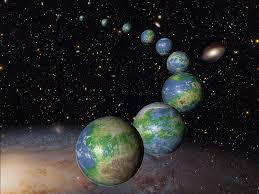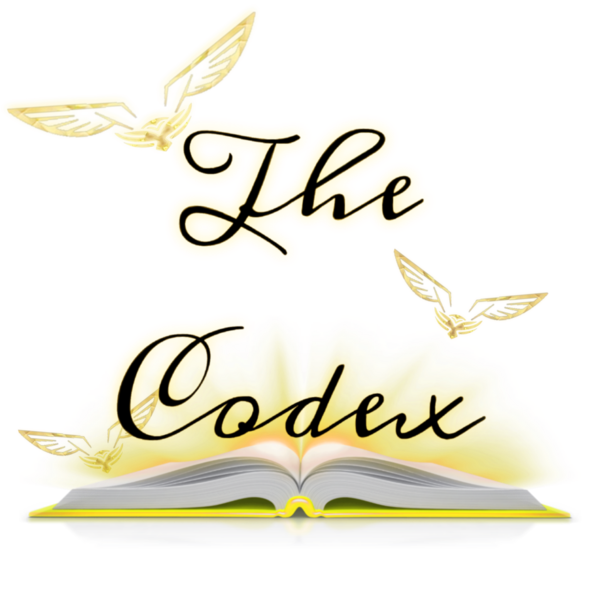The official discord link if you wish to join the discord: https://discord.gg/j5RKwCvAFu
Support the wiki on our official Ko-Fi page or Patreon page!
Multiverse

Introduction
A Multiverse is a hypothetical set of possible alternate universes that together can comprise anything from a comparatively simple collection of parallel 4-dimensional universal space-time continuums, to a higher dimensional multiversal structure in our reality due to some theories, or sometimes even higher levels of reality.
This includes the entirety of space and time within a certain continuum, as well as the physical laws and constants that describe them.
There is a great distinction between characters that can merely destroy or create simple collections of universes, and ones that can destroy or create more complex higher-dimensional structures. To understand more about higher-dimensions please read Dimensionality.
Omniverse
The definition of Omniverse essentially refers to everything in a verse's cosmology. Due to there being no set nature and the word being rarely used
Higher Dimensional Theories
In physics, string theory is a theoretical framework in which the point-like particles of particle physics are replaced by one-dimensional objects called strings. String theory describes how these strings propagate through space and interact with each other. On distance scales larger than the string scale, a string looks just like an ordinary particle, with its mass, charge, and other properties determined by the vibrational state of the string. In string theory, one of the many vibrational states of the string corresponds to the graviton, a quantum mechanical particle that carries gravitational force. Thus string theory is a theory of quantum gravity.
In everyday life, there are three familiar dimensions (3D) of space: height, width and length. Einstein's general theory of relativity treats time as a dimension on par with the three spatial dimensions; in general relativity, space and time are not modeled as separate entities but are instead unified to a four-dimensional (4D) spacetime. In this framework, the phenomenon of gravity is viewed as a consequence of the geometry of spacetime.
In spite of the fact that the Universe is well described by 4D spacetime, there are several reasons why physicists consider theories in other dimensions. In some cases, by modeling spacetime in a different number of dimensions, a theory becomes more mathematically tractable, and one can perform calculations and gain general insights more easily. There are also situations where theories in two or three spacetime dimensions are useful for describing phenomena in condensed matter physics. Finally, there exist scenarios in which there could actually be more than 4D of spacetime which have nonetheless managed to escape detection.
One notable feature of string theories is that these theories require extra dimensions of spacetime for their mathematical consistency. In bosonic string theory, spacetime is 26-dimensional, while in superstring theory it is 10-dimensional, and in M-theory it is 11-dimensional. In order to describe real physical phenomena using string theory, one must therefore imagine scenarios in which these extra dimensions would not be observed in experiments.
To have more understanding of this, read here.
Tranverse
Tranverse is the term we use for higher-dimensional realities exceed an 11-dimensional multiverse.
Transcendent
Transcendent is a reality that is outside and beyond the concept of dimensions altogether.
Discussions (Link For Mobile Users):
| Discussion threads involving Multiverse |
